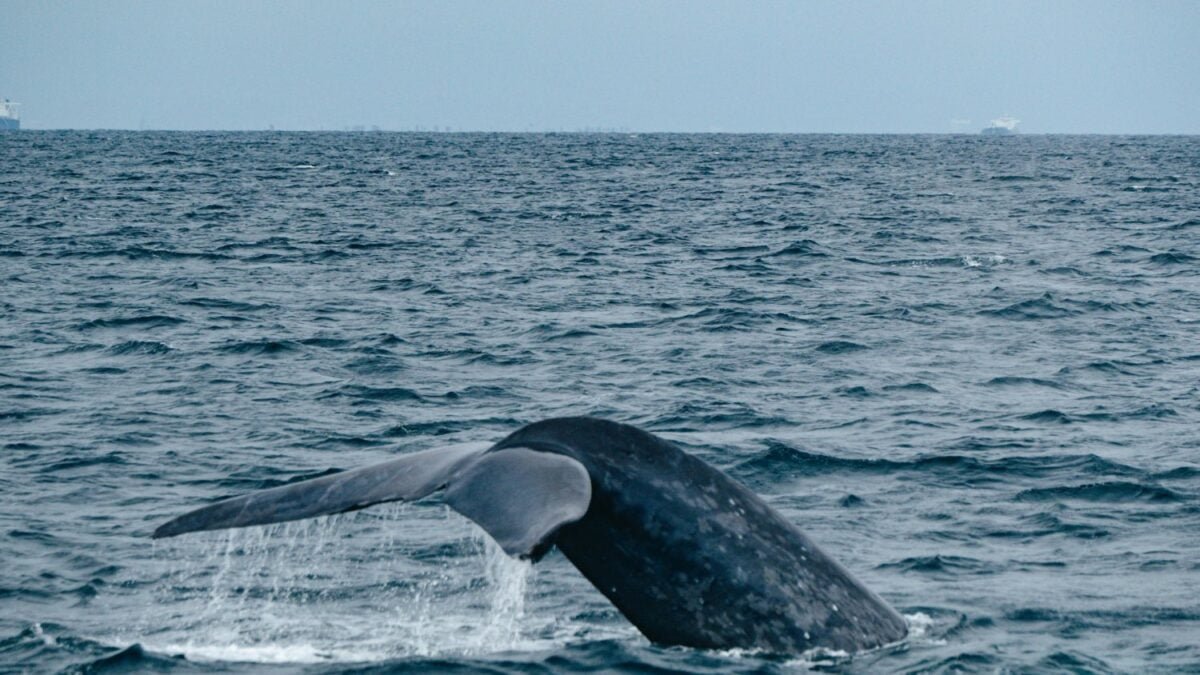A Pleasant Surprise for an Endangered Whale Species as Population Grows After Decades of Decline

For years, experts feared that this species of whale – one of the most threatened in the world – was on the brink of extinction. Its population had plummeted by 25% between 2010 and 2020, a victim of industrial fishing, maritime traffic, and climate change that altered its migration routes. But recent studies show a change of course. For the first time in over a decade, the population has steadily grown for four consecutive years, a trend that scientists describe as “moderately optimistic.”
Canada and the United States lead efforts for their survival
The species at the center of this recovery is the North Atlantic right whale, a colossus of up to 16 meters long that migrates each year from the warm waters of Florida and Georgia to the feeding grounds of New England and the Gulf of St. Lawrence in Canada. The latest reports indicate that there are currently 384 individuals, eight more than last year. Although the number remains alarmingly low, it represents a significant reversal from the collapsing trend that dominated the past decade. New navigation rules in Canada, which restrict maritime traffic in key migration zones, have significantly reduced collisions, one of the main causes of death. In addition, the use of fishing gear without ropes has decreased fatal entanglements. “A modest increase each year, if we can maintain it, will lead to population growth,” explained Philip Hamilton, a researcher at the New England Aquarium.
New calves and a rekindled hope
The greatest sign of optimism came this year: 11 new calves were recorded, and four of them were born to first-time mothers. There was also a reduction in injuries and an unusually low number of deaths. “We feel cautiously optimistic about the future of the North Atlantic right whale,” said Heather Pettis, director of research at the Anderson Cabot Center. “What we have seen before is that this population can change rapidly, for better or for worse.” The whales tend to reproduce less, so improvements in food conditions and fewer maritime incidents could explain this small rebound.
A global symbol of marine conservation
The North Atlantic right whale was hunted nearly to extinction for centuries, especially in the era of commercial whaling. Since then, the species has become an emblem of the fight for ocean protection. Every July 23, World Whale and Dolphin Day is celebrated, a day that reminds us of the importance of marine corridors, spaces that protect migratory routes, breeding areas, and feeding habitats of these species. There is still a long way to go to ensure the survival of these giants. But after years of bad news, the appearance of new calves and the absence of recorded deaths offer something that has not been seen in the waters of the North Atlantic for a long time: hope.






